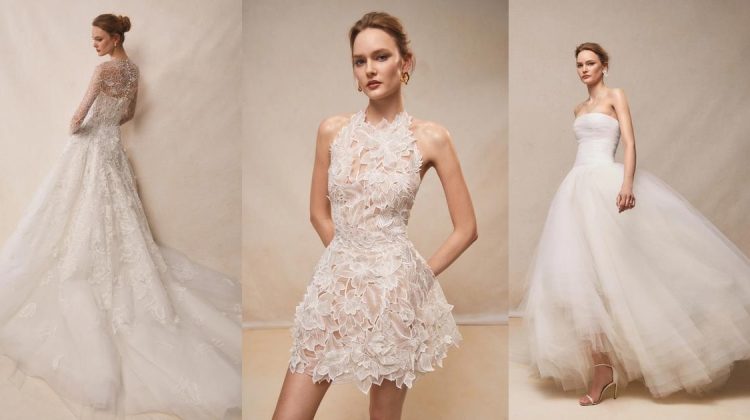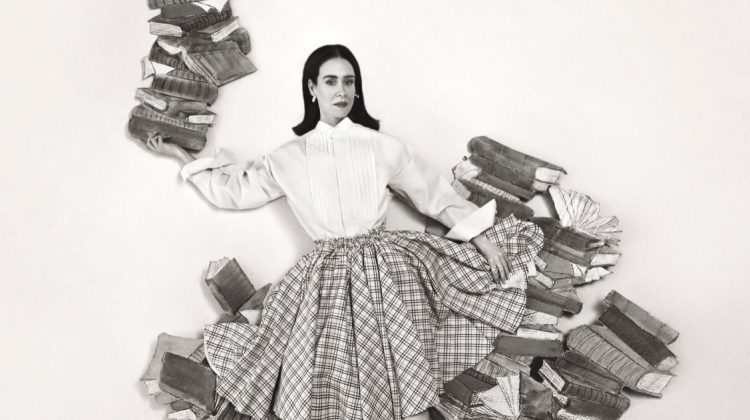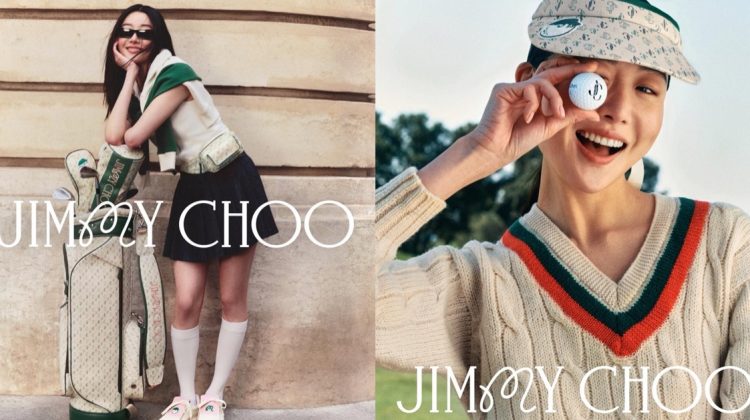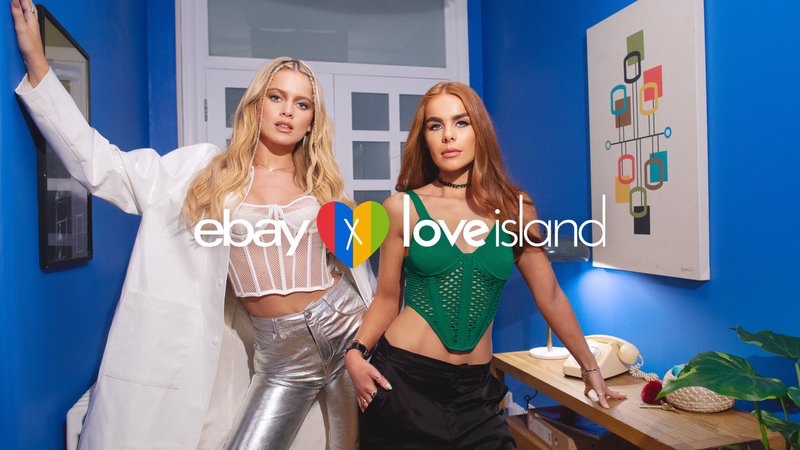
The fashion industry ranks among the most significant waste generators globally. With ever-changing trends, outdated styles are often discarded, and hazardous plastics persist in producing new garments. A refreshing shift towards sustainability has been emerging in recent years.
Although pre-loved clothing hasn’t always been a natural fit for fashion, brands can often add modern twists to cyclical styles, and there’s certainly a growing appetite for sustainable fashion.
In the latest UK edition of Love Island, the show abandoned its detrimental fast fashion strategy for outfitting contestants and opted for pre-loved partnerships with eBay’s second-hand marketplace. Consequently, searches for ‘pre-loved clothing’ on eBay skyrocketed by 1,600%.
Love Island’s decision to embrace pre-loved clothing shows that sustainable fashion is now in vogue. Nonetheless, can this approach offer a sustainable, long-term alternative to the industry’s dependence on environmentally harmful fast fashion? Here are six reasons why eco-friendly fashion is here to stay:
1. Accessibility

The beauty of technology is that it can always open us up to new ideas and approaches to our daily lives. Today, an ever-growing array of platforms provides access to sustainable fashion. In particular, peer-to-peer shopping platforms like Poshmark, Thredup, and Vinted can help keep our pre-loved clothes in high demand.
Elsewhere, leading brands like Stella McCartney and Patagonia are utilizing new ways to create their iconic clothes sustainably. Technology has also helped pave the way for more upcycling techniques, empowering companies to manufacture clothing using clean and natural materials.
Recent years have also seen a rise in rental clothing. Through pioneering platforms like Rent the Runway, users can now wear their favorite high-end threads in a sharing economy—opening the door to more use cases for our clothes.
2. Cost-Effective Fashion
Another critical reason why eco-friendly fashion is here to stay stems from the fact that it’s a highly cost-effective means of embracing cyclical trends. Although pre-loved fashion can involve expensive garments, higher-quality clothing can last far longer than its fast-fashion counterparts. It means that thrifty shoppers won’t have to replace their wardrobes nearly as frequently.
3. Embracing Transparency
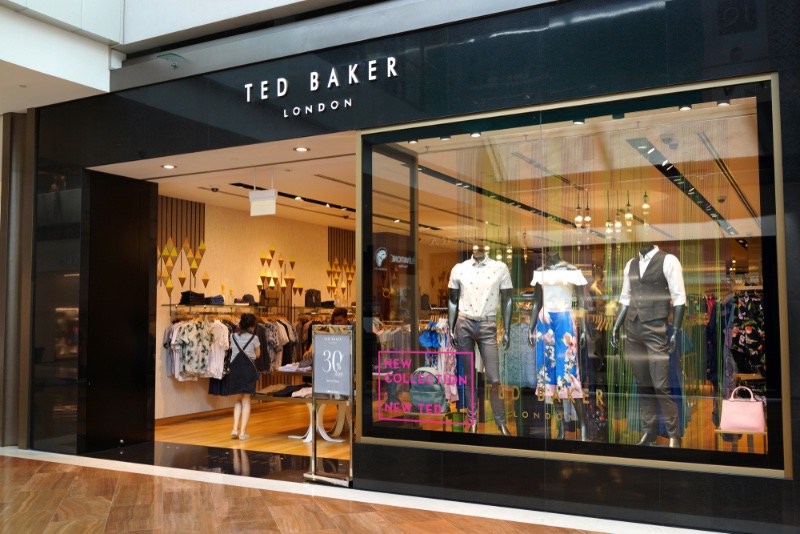
In the wake of the Covid-19 pandemic, more fashion-conscious shoppers had the opportunity to rethink their purchasing habits. Suddenly, the demand for sustainability had become paramount for fashionistas worldwide. Businesses up until that point had been rather vague about what sustainable or eco-friendly meant within their clothing lines.
The landscape has rapidly evolved, with many companies adopting transparent practices concerning their collections. Consider Ted Baker as an example; not only does the company devote an entire section of its website to sustainability, but also pledges to “put the fair and ethical treatment of our people, planet, and product at the heart of everything we do.”
It can be a significant breakthrough for consumers interested in helping the environment however they can. These pledges make it possible to feel more emboldened than ever to pick up a brand new pair of Ted Baker sunglasses from a high street store and wear them, knowing they come from a sustainable source.
4. Complementing Fashion Cycles
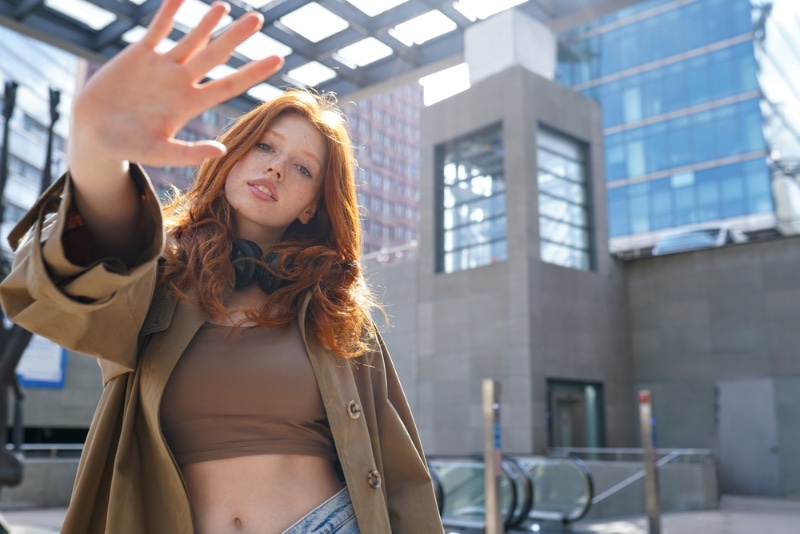
Sustainable fashion uniquely promotes the circle of life within consumer culture, emphasizing the durability of eco-friendly clothing over fast fashion. This encourages wearers to retain a lasting style that endures many seasons to come, tap into their resourceful side, and later resell their items in search of something new.
As numerous high-quality fashion styles are timeless, it becomes less likely that you’ll grow tired of your garments. Instead, you can appreciate their enduring vibrancy for an extended period.
5. Saving Lives
Naturally, sustainable fashion feels great to wear. Still, it’s also essential to limit the negative impact that fast fashion can have on workers’ rights who operate on behalf of some brands in appalling conditions.
Purchasing pre-loved and sustainable products can aid in challenging businesses to reconsider their practices, as thousands of workers in garment factories and cotton farms endure potentially life-threatening conditions, including exploitative working hours, human rights violations, and exposure to hazardous chemicals. This can help curb the expansion of exploitative fashion brands.
Similarly, fast fashion and numerous high-end fashion brands may contribute to the trapping, killing, and skinning of countless animals annually.
6. Vintage is Timeless

Finally, it is worth noting that high-quality, sustainable fashion can be truly timeless. Unlike fast fashion, which is often short-lived and disposable, pre-loved garments have the potential to endure for many years.
Final Words
The shift towards sustainable fashion is not merely a fleeting trend but a significant transformation poised to reshape the industry for the better. Driven by increasing accessibility, cost-effectiveness, transparency, and the ability to complement fashion cycles, eco-friendly fashion offers a more responsible approach to consumption.
Moreover, by supporting sustainable practices, consumers actively advocate for workers’ rights and protect animal welfare. The timeless charm of vintage and pre-loved clothing further cements the longevity of this movement. Love Island’s recent embrace of pre-loved clothing exemplifies the growing mainstream acceptance of sustainable fashion, heralding the industry’s brighter and more ethical future.

